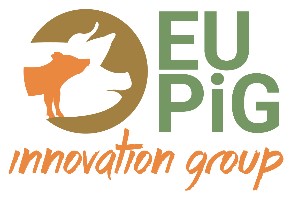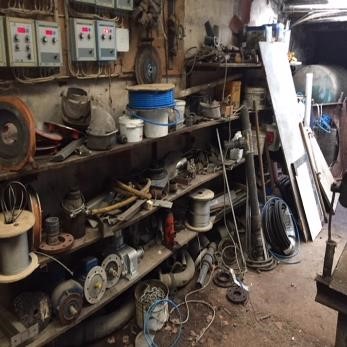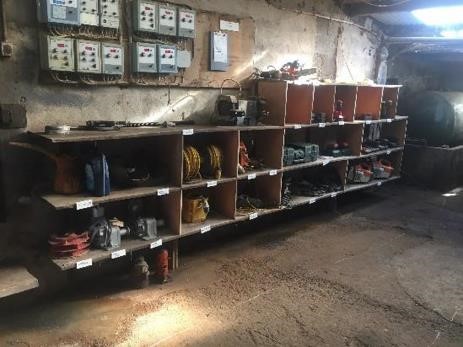- Home
- Knowledge library
- EUPiG Lean Improvement | Pat O'Keeffe Piggeries Case study
EUPiG Lean Improvement | Pat O'Keeffe Piggeries Case study
Did you know Lean management can be adapted to any industry or business model? Find out how Lean can increase the profitability and performance of your business.
Back to: Lean management for farmers and growers
Why adopt Lean?
Lean management synergistically benefits your customers as well as your team members. Lean does not require substantial financial investments, but many small, continual improvements in the various procedures of a business.
Lean can take time to implement, it’s not always easy and it’s not a just a list of things to do. Lean is both a toolkit and a method, a way of conducting all aspects of business with a singular goal: to maximise value.
There are several reasons to use Lean management, but two stand out:
- It works
When implemented properly, lean management drives improvement. In the manufacturing industries, lead time from production to customer was slashed by 30% due to Lean implementation – and time is money. - It’s free
It costs nothing to try and yet offers substantial increases in potential profitability.
Discover how Beef & Lamb farmer, Jimi Collis adopts Lean
Implementing Lean management enabled Jimi to see clarity and change systems dramatically and move closer to a low input and output system.
EUPiG Lean Improvement Case study

Pat O'Keeffe Piggeries is a family owned and managed piggery based in Ballylough, Mitchelstown, Co. Cork. The farm has approximately 2,200 sows. The current facility has a balanced capacity for the number of sows, gilts, weaners, and fatteners needed to maintain a constant output of finished pigs.
To improve farm work efficiency, a Lean programme was developed as an introduction to Lean management. This led to a programme of continuous improvement, underpinned by Lean principles across the entire business. Pat carried out the following to implement Lean into his business, using a plan, do, check and act methodology:
- Mapping areas of productivity
- Providing training for his staff
- Implementing a Lean programme
- Monitoring and checking his progress via checklists and audits
- Addressing areas for improvement
- Using a numbered and coloured control chart to maintain productivity
Implementing a Lean programme
Once staff had engaged with the Lean process, a value stream mapping exercise identified areas of waste on the farm and engaged staff with improvement activities to reduce or remove that waste. This included reducing breeding group numbers to remove weaned piglets as a product, as the business was losing money. The increased space allowed increased stocking of finisher pigs without needing additional construction.
Feed waste was reduced to just 2% of feed, and further improvements were made across the business, leading to an estimated reduction in labour, and saving in cost of production.
Maintenance store before Lean

Maintenance store after Lean

Cost benefit analysis
Costs: Lean consultant – €1000 per day approximately
Benefits:
- Labour: 1 hour per day per person (€10,875 per year)
- No longer selling weaners due to poor return: Reduced slurry and labour costs (€10,980)
- Additional space: 348 finishers @105 kg (€36,540)
- Dashboard system to document basic production data: Excel system on the office computer to reduce labour (€6,500)
Total cost savings – €30,755 pa
Total extra output – €36,540 pa
Embracing Lean culture
Pat O'Keeffe Piggery embraced the Lean culture, which led to fruitful savings. Often the use of Lean management processes and associated methodologies are attempted in part but then it fails. This leads people to assume Lean is not for them.
When using process control, it must be embedded fully from management to the stock person and is often supported by a management specialist in a consultancy role.
Lean management principles require a shift in mindset. These waste areas provide an essential starting point for businesses looking to adopt Lean management. Think of them as a checklist to review or signposts to where your business can increase efficiency. When the leadership look at each of these areas in turn, they always find opportunities for improvement and overlooked sources of waste.
These are elements that have been identified as problematic for businesses time and again, so it is worth learning from others' mistakes. For businesses that are serious about adopting Lean principles, reviewing the forms of waste in the context of their operational processes is essential.

